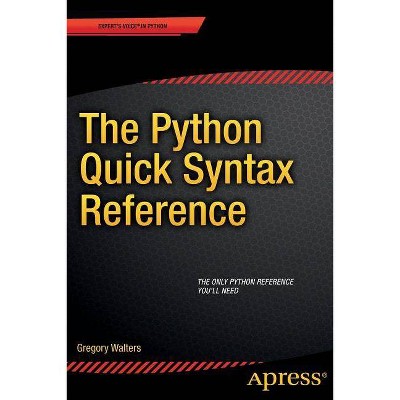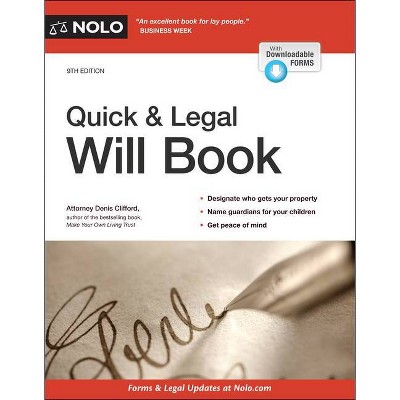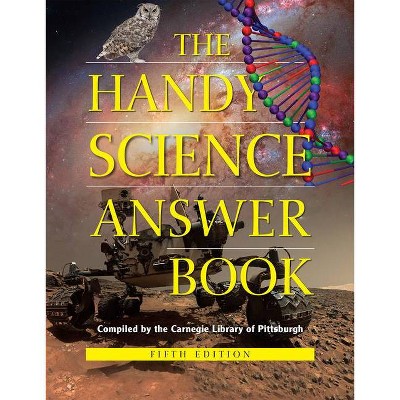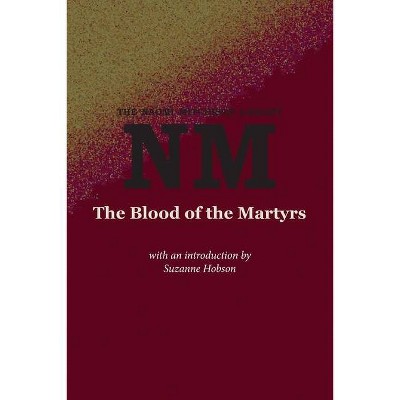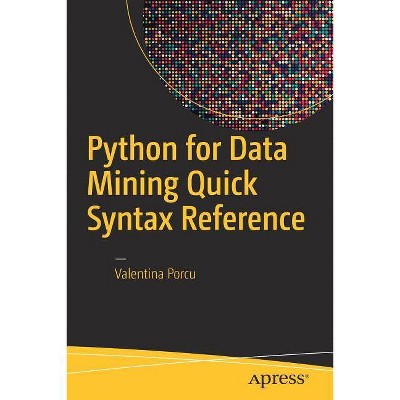The Quick Python Book - 3rd Edition by Naomi Ceder (Paperback)

Similar Products
Products of same category from the store
AllProduct info
<p/><br></br><p><b> About the Book </b></p></br></br>"What's inside: clear coverage of Python 3; core libraries, packages, and tools; in-depth exercises; five new data science-related chapters. Written for readers familiar with programming concepts--no Python experience assumed"--Back cover.<p/><br></br><p><b> Book Synopsis </b></p></br></br><b>Summary</b> <p/> This third revision of Manning's popular <i>The Quick Python Book</i> offers a clear, crisp updated introduction to the elegant Python programming language and its famously easy-to-read syntax. Written for programmers new to Python, this latest edition includes new exercises throughout. It covers features common to other languages concisely, while introducing Python's comprehensive standard functions library and unique features in detail. <p/> Foreword by Nicholas Tollervey, Python Software Foundation. <p/> Purchase of the print book includes a free eBook in PDF, Kindle, and ePub formats from Manning Publications. <p/> <b>About the Technology</b> <p/> Initially Guido van Rossum's 1989 holiday project, Python has grown into an amazing computer language. It's a joy to learn and read, and powerful enough to handle everything from low-level system resources to advanced applications like deep learning. Elegantly simple and complete, it also boasts a massive ecosystem of libraries and frameworks. Python programmers are in high demand/mdash;you can't afford not to be fluent! <p/> <b>About the Book</b> <p/> <i>The Quick Python Book, Third Edition</i> is a comprehensive guide to the Python language by a Python authority, <b>Naomi Ceder</b>. With the personal touch of a skilled teacher, she beautifully balances details of the language with the insights and advice you need to handle any task. Extensive, relevant examples and learn-by-doing exercises help you master each important concept the first time through. Whether you're scraping websites or playing around with nested tuples, you'll appreciate this book's clarity, focus, and attention to detail. <p/> <b>What's Inside</b><br> <ul> <li>Clear coverage of Python 3</li> <li>Core libraries, packages, and tools</li> <li>In-depth exercises</li> <li>Five new data science-related chapters</li> </ul> <br><b>About the Reader</b> <p/> Written for readers familiar with programming concepts--no Python experience assumed. <p/> <b>About the Author</b> <p/> <b>Naomi Ceder</b> is chair of the Python Software Foundation. She has been learning, using, and teaching Python since 2001. <p/> <b>Table of Contents</b> <p/> PART 1 - STARTING OUT<br> 1. About Python<br> 2. Getting started<br> 3. The Quick Python overview <p/> PART 2 - THE ESSENTIALS<br> 4. The absolute basics<br> 5. Lists, tuples, and sets<br> 6. Strings<br> 7. Dictionaries<br> 8. Control flow<br> 9. Functions<br> 10. Modules and scoping rules<br> 11. Python programs<br> 12. Using the filesystem<br> 13. Reading and writing files<br> 14. Exceptions <p/> PART 3 - ADVANCED LANGUAGE FEATURES<br> 15. Classes and object-oriented programming<br> 16. Regular expressions<br> 17. Data types as objects<br> 18. Packages<br> 19. Using Python libraries <p/> PART 4 - WORKING WITH DATA<br> 20. Basic file wrangling<br> 21. Processing data files<br> 22. Data over the network<br> 23. Saving data<br> 24. Exploring data <p/> <p/><p/><br></br><p><b> About the Author </b></p></br></br><b>Naomi Ceder</b> is Director of Technology at the Canterbury School in Fort Wayne, Indiana, where she teaches and uses Python.
Price History
Price Archive shows prices from various stores, lets you see history and find the cheapest. There is no actual sale on the website. For all support, inquiry and suggestion messagescommunication@pricearchive.us
